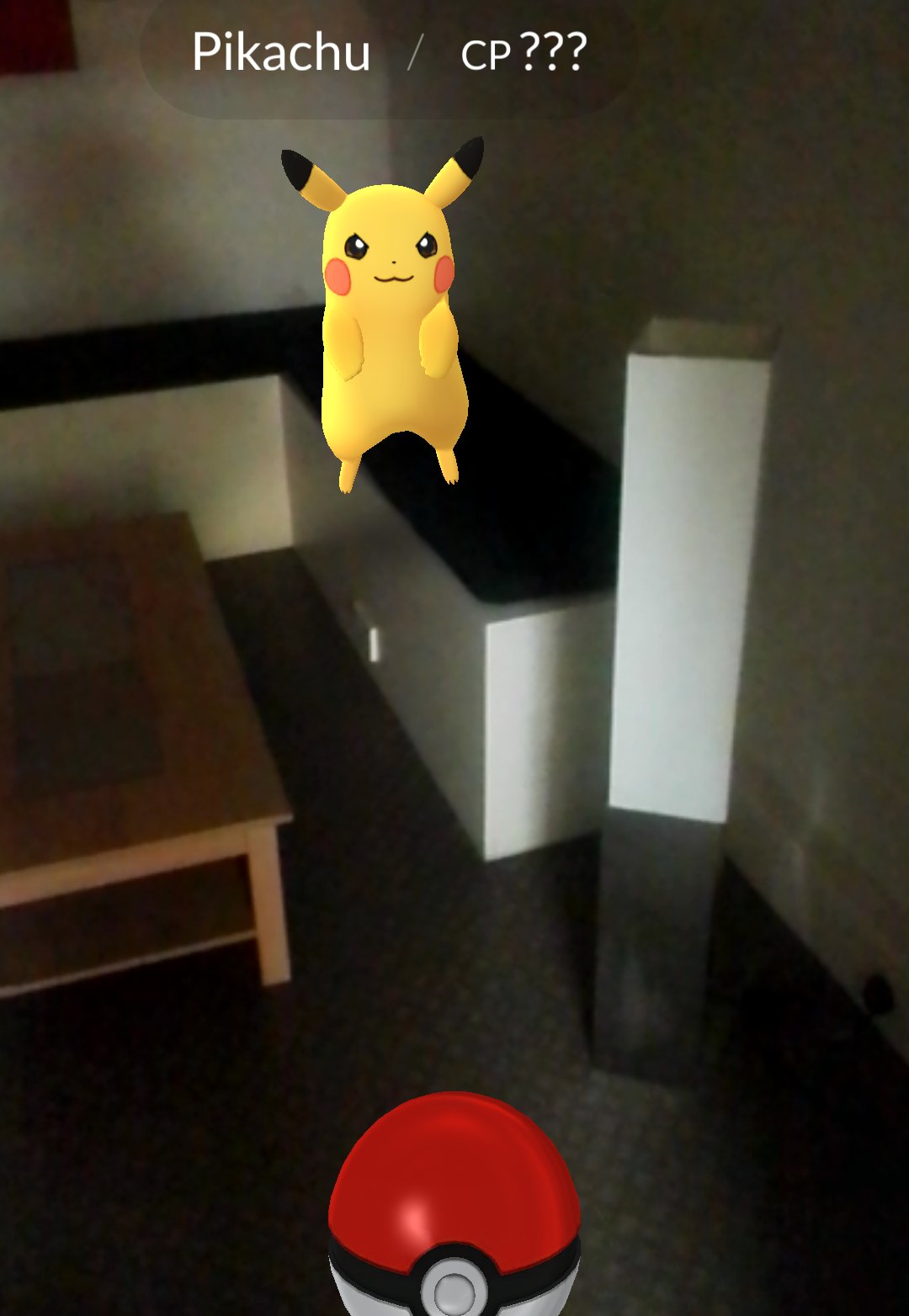It took just four Niantic Labs engineers and Google’s Cloud Platform (GCP) to ensure Pokémon Go could scale up on its day of launch to keep up with demand which far outstripped the company’s estimates, according to its CTO Phil Keslin.
Keslin, who was addressing delegates at Google’s GCP Next conference in London today, says the company didn’t think that demand for the game would be so high but within hours it realised that it had a “rocket ship” on its hands, which would continue to grow.
Pokemon Go launched in Australia and New Zealand and was supposed to have a combined total of four per cent of the game’s overall demand. However, its actual demand was fifty times more than Niantic Labs had targeted, and ten times what it deemed was its ‘worst case scenario’.
Pokemon Go cloud
 Keslin said that when the company realised what was happening, “jaws dropped” across the whole team, and the CEO John Hanke said that he couldn’t believe what was happening.
Keslin said that when the company realised what was happening, “jaws dropped” across the whole team, and the CEO John Hanke said that he couldn’t believe what was happening.
Niantic Labs had only four engineers working on Pokemon Go, and with hundreds of millions of players, the company required a scalable architecture throughout its serving stack.
The Cloud Datastore service that it was using was soon running at more than fifty times its original projections and player demand spiked by more than an order of magnitude. This required fixes and ongoing game changes – which inevitably saw many people’s Pokemon Go apps crashing or failing to load.
“We didn’t get a whole lot of sleep during this time, and we put out a call [to Google] saying ‘we think this is going to be huge’, and Google’s Customer Reliability Engineering team got in contact and we spoke with them, and their support really saved our bacon,” said Keslin.
In a blog post, Keslin explained that more than a dozen teams across GCP and other core Google products supported Niantic – while Google’s infrastructure teams worked to tune systems, ensuring sufficient capacity for the company to keep up with demand for the game.
People in Australia and New Zealand were the first to get a chance to play the augmented reality game, and now it is available in more than 90 countries and has been downloaded more than 500 million times.
Quiz: What do you know about video game tech?




